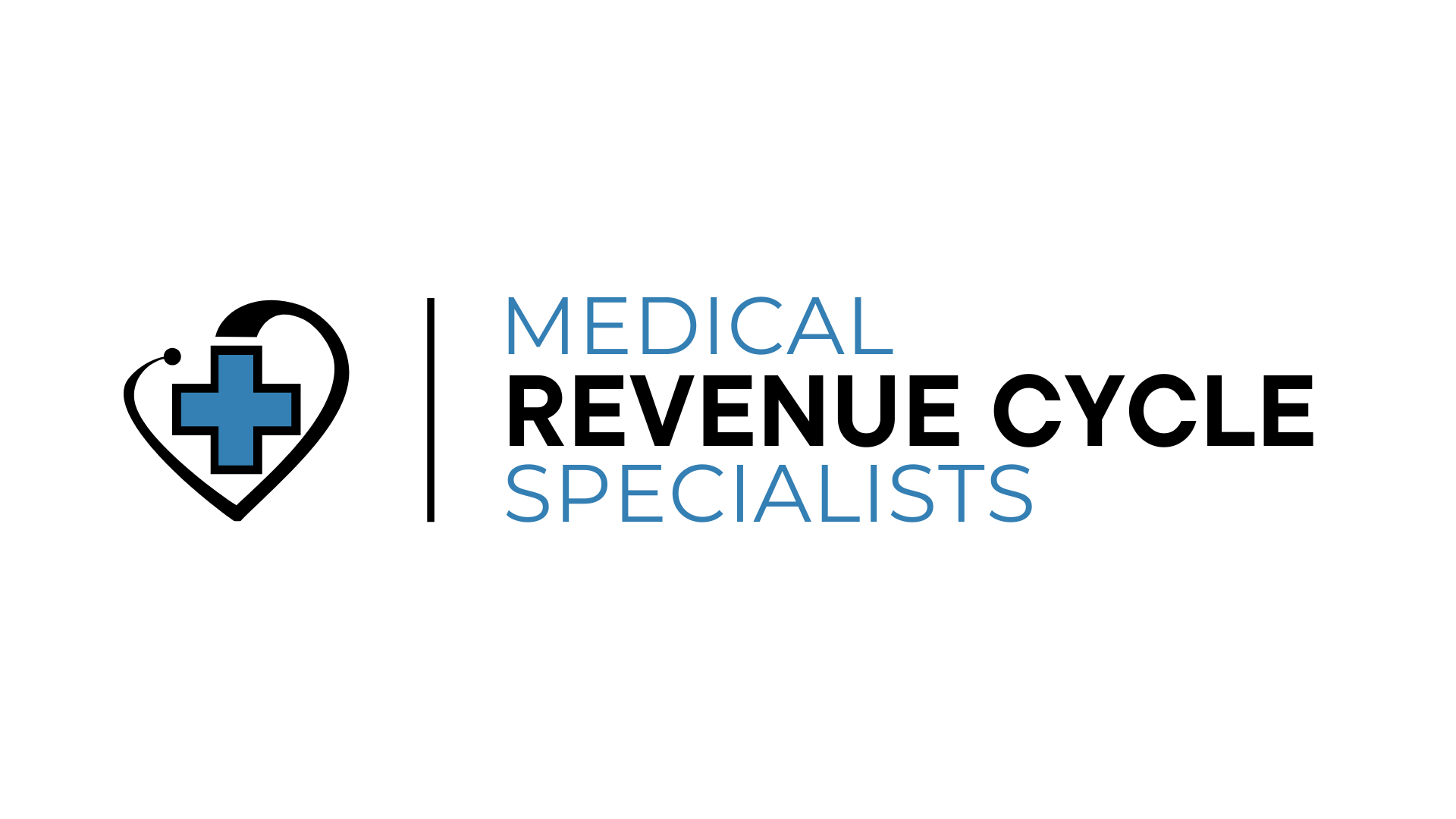The Complex Path to AI Adoption in Healthcare: Benefits, Barriers, and Policy Implications
- Nick Fernandez

- Sep 13, 2023
- 2 min read
Updated: Sep 19, 2023

The rise of artificial intelligence (AI) in healthcare has long been lauded for its potential to alleviate challenges like staffing shortages and overburdened medical professionals. Yet despite the promises of revolutionizing healthcare delivery, the pace of AI adoption in this sector has been remarkably cautious. So, what is holding back the widespread integration of AI in healthcare systems?
The Current State of AI in Healthcare
Recent polls indicate that the healthcare industry has been cautious in adopting AI technologies. A September 5, 2023, MGMA Stat poll revealed that only 21% of medical groups have expanded or initiated their use of AI tools in 2023. This measured approach is consistent with earlier polling data, which found only 10% of medical groups were using AI tools like ChatGPT regularly.
For those that have embraced AI, its application has been seen primarily in three domains:
Clinical AI - AI-assisted clinical decision support, natural language processing for documentation, and predictive analytics for clinical performance.
Revenue Cycle Management - Automated medical coding and predictive analysis of key performance metrics.
Patient Communication - AI-powered chatbots, triage systems, and virtual assistants.
The Barriers to Adoption
Despite the promise, several challenges hinder the widespread adoption of AI in healthcare.
Algorithmic Limitations
One of the most pressing concerns is the 'black box' nature of many AI algorithms. The lack of transparency and interpretability in neural network-based algorithms can lead to mistrust among healthcare providers who are ultimately responsible for patient outcomes.
Data Access
Limited access to high-quality, integrated data sets poses another significant barrier. Inconsistent Electronic Healthcare Record (EHR) systems, privacy concerns, and the fragmented nature of healthcare data inhibit AI’s learning capabilities.
Regulatory Hurdles
Regulatory frameworks around data privacy, device approval, and liability issues further complicate AI adoption. The cautious nature of healthcare regulations often slows down the process of integrating new technologies.
Misaligned Incentives
Perhaps one of the less discussed but equally important barriers is the misalignment of incentives. For example, AI's potential to outperform radiologists in image-based diagnosis could be viewed as a threat to jobs, slowing its adoption.
Large Organizations and Cities Lead the Way
Studies have shown that larger healthcare organizations and those located in larger cities are more likely to adopt AI. This may be attributed to the resources and expertise available for necessary complementary innovations. Examples of such innovations include data collection strategies, algorithmic transparency, and compliance with regulations.
Policy Implications
Regulatory Innovation - Streamlining the regulatory approval process and establishing clear guidelines on liability can expedite AI adoption.
Data Privacy - Establishing frameworks for secure and privacy-compliant data pooling can bolster AI's capabilities.
Funding Research - Continued investment in research around algorithmic transparency can alleviate trust issues.
Conclusion
The adoption of AI in healthcare is a complex and multi-faceted challenge, driven by technological limitations, regulatory landscapes, and human factors. Although larger organizations and urban areas are leading the way, the industry as a whole remains cautious. Policymakers can play a pivotal role in accelerating AI adoption by removing regulatory barriers, ensuring data privacy, and funding necessary research.
While AI’s full potential in healthcare remains to be seen, what is certain is that bridging the gap between its promise and practice requires a coordinated effort from all stakeholders.




Comments